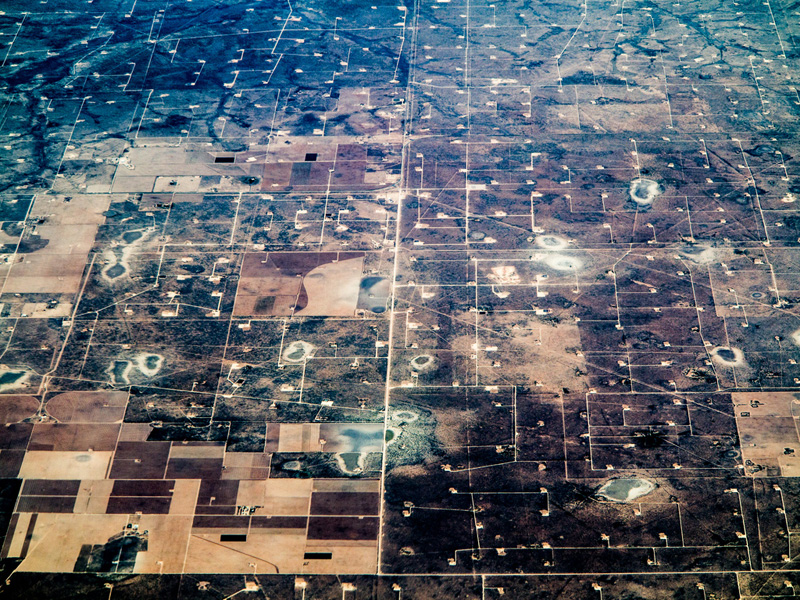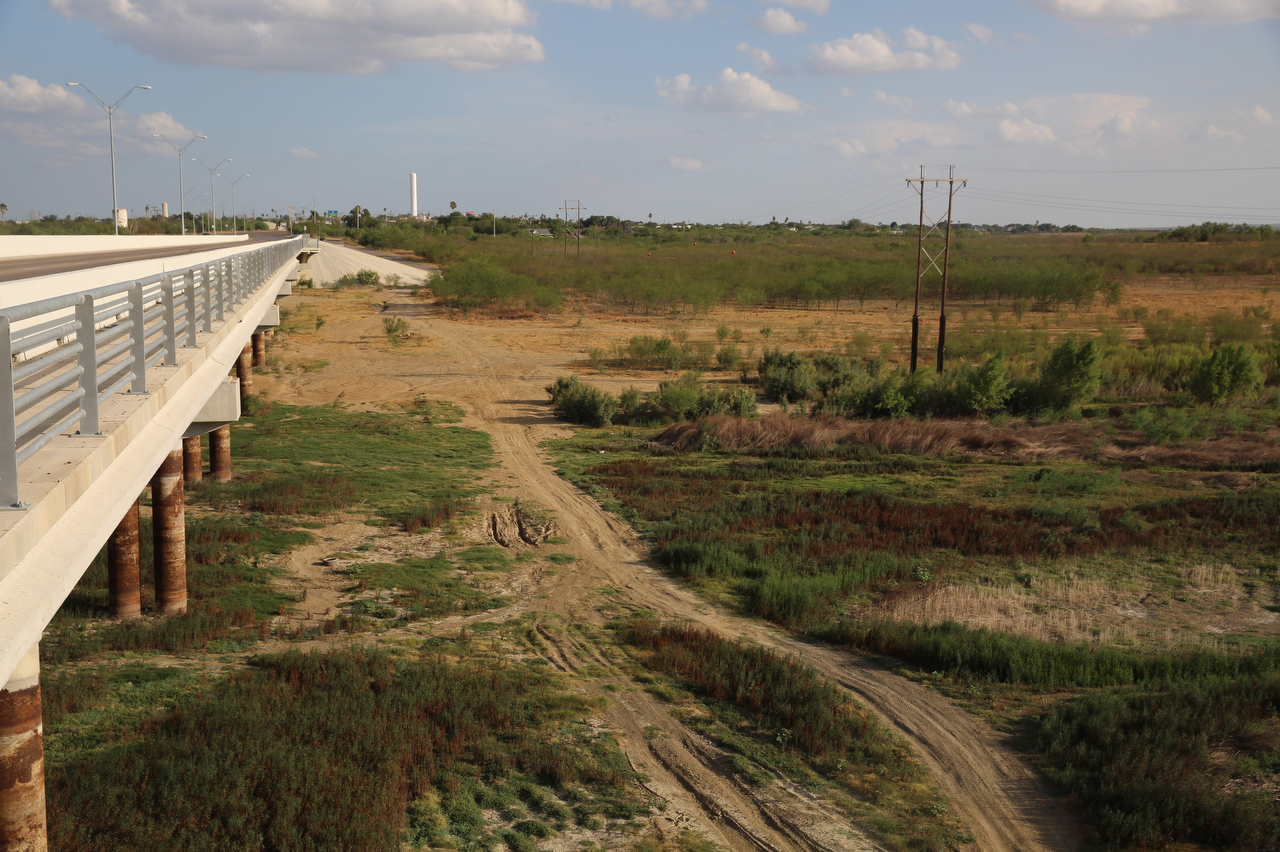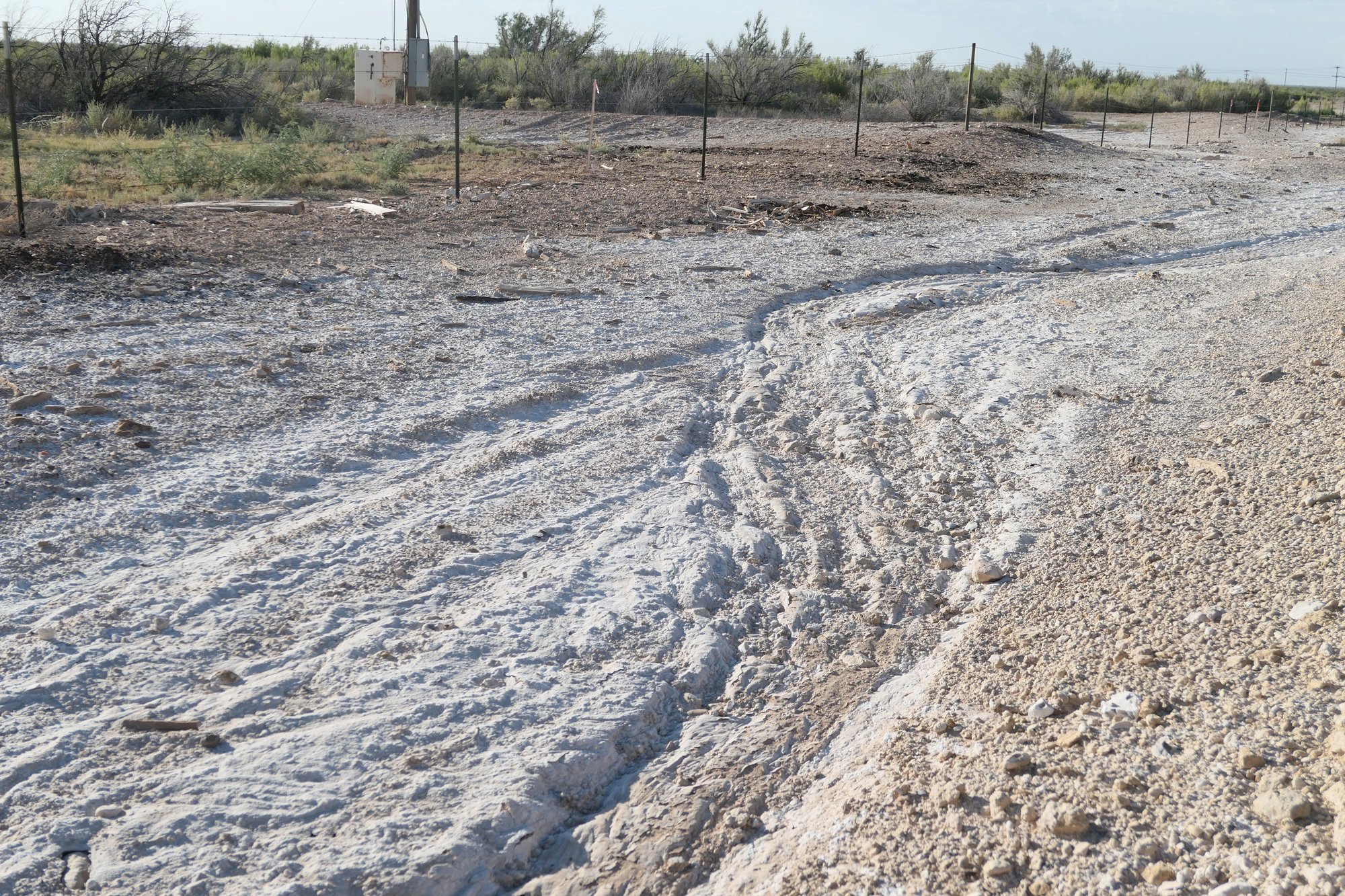
Observer Analysis Finds Fracking Water Use Underestimated in Eagle Ford Shale

Above: An oil field South of Odessa, TX.
If you want to know how much crude oil was produced in Texas in March, the numbers are available to the barrel (50,087,778). If you need a monthly rig count for the Eagle Ford Shale in South Texas or the number of drilling permits issued in 2012 (4,143), the Texas Railroad Commission can provide that information. But if you want to know how much water was used to frack wells for any time period anywhere in Texas’ shale plays… Well, get out your calculator.
So we decided to find out. Aided by Observer interns Priscila Mosqueda and Marissa Barnett, I discovered that the industry and state authorities have likely significantly underestimated the amount of water used by frackers in the Eagle Ford Shale.
Some people had suspected that fracking was draining water supplies. In June the little West Texas town of Barnhart, with a population of about 200, ran out of water. The city’s well simply stopped pumping enough water to keep up with demand. The town had to turn to another well, drilled in the 1900s, which yielded water deemed unfit for consumption unless boiled. What was the cause? Some said the drought. Others blamed fracking in the area.
Among the latter camp is Keith Stout, a local who owns a company that services water wells. Stout says private water wells started drying up several years ago, and it’s only gotten worse. “I’ve never seen it this bad,” he said.
The main culprit, Stout says, is the drought, but the fracking activity is making the situation critical.
Texas authorities haven’t done much to study the impact of fracking on water supplies. Some of the few official estimates they have done are suspiciously optimistic.
Last year, the Texas Railroad Commission announced the findings of a 24-member Eagle Ford Task Force. Relying on informal and unpublished industry estimates, the task force pegged the annual water consumption from fracking in the Eagle Ford Shale at peak production at 30,000 acre-feet, a pittance next to the estimated 622,000 acre-feet in the Carrizo-Wilcox Aquifer. (One acre-foot roughly equates to the amount of water used by three typical Texas households in a year.) Moreover, the task force reported that frackers used only 6 percent of the water in the region, dwarfed by farmers and cities. Those estimates had a major flaw: The Carrizo-Wilcox Aquifer stretches from Laredo into Louisiana—it extends far beyond the Eagle Ford Shale. Probably the best work to date comes from University of Texas researchers, who used industry data to predict that fracking water usage would peak at 35,000 acre-feet.
We wanted a more up-to-date estimate. We decided to focus on a three-county area—Dimmit, LaSalle and Zavala counties—in the southwestern portion of the shale between San Antonio and Laredo, for two reasons. One, there’s good data and science there. Two, it’s a hot spot. There’s low rainfall, lots of agricultural pumping in the Wintergarden area and increasingly heavy oil and gas production. There’s no doubt that fracking is a tiny percentage of total water use in the state. What we need to focus on are the parts of Texas that have the most to lose from over-pumping.
First, we looked at pumping data from the Wintergarden Groundwater Conservation District. We found that frackers reported using 9,500 acre-feet in 2012. We got an even higher figure when we crunched the data from more than 450 filings with FracFocus.org, a website where the state requires frackers to disclose the chemicals and water they use. According to the site, frackers in Dimmit, LaSalle and Zavala counties used nearly 15,000 acre-feet of water in 2012. That’s a remarkably high amount for one year in just three counties. It’s half of what the Texas Railroad Commission has said the entire 24-county Eagle Ford Shale will use a decade from now when oil and gas production is expected to peak there.
Ron Green, a research scientist with the nonprofit Southwest Research Institute, had previously estimated that fracking in the arid southern Eagle Ford Shale could amount to as much as one-third of the annual aquifer recharge.
After reviewing the Observer‘s analysis, he said fracking’s contribution may be equivalent to 100 percent of the annual recharge to that segment of the aquifer. In other words, for every drop of water that replenishes that part of the aquifer, frackers are pulling another drop out.
Extrapolating across the entire Eagle Ford Shale, Green said that fracking’s water consumption could far outstrip previous estimates. “It could be upward of 40,000 or 45,000 acre-feet [per year] without much exaggeration,” he said. Compare that to the “official” estimates that the shale, at its peak sometime in the next decade, will use only 30,000 or so.
Getting the numbers right is critical. It’s remarkable that journalists and independent scientists are having to do the work that the state government should be doing. It’s almost as if they don’t want to know.


